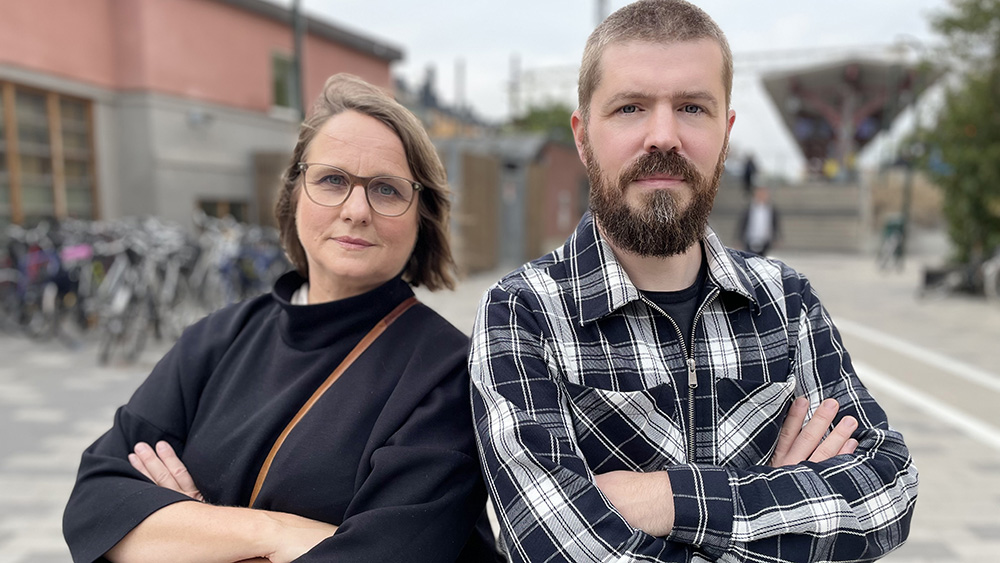Using AI to fight youth gang recruitment

AI and humans in focus
Researchers at KTH are using AI to tackle youth gang crime. By bringing together knowledge, contacts, and expertise in a database, they aim to boost cooperation between different societal actors.
We’re all familiar with the headlines by now: gang members are recruiting younger and younger children. This worrying trend has no quick or easy solutions. Yet, many organizations are already involved in trying to address it—the police, schools, social services, NGOs, and authorities like BRÅ and SIS, among others. Each holds valuable knowledge and experience that could prevent young people from ending up in the wrong environment.
Researchers at KTH are now stepping in to contribute. Together with a group of other stakeholders, they are developing a new AI-powered knowledge bank—a digital "super brain" that gathers and synthesizes data and insights from across society, including police reports, schools, youth initiatives, and social services.
“Getting different agencies to collaborate and coordinate activities effectively is a major challenge today. There is a wealth of knowledge, reports, and research on the interventions that can be taken, but they are scattered among various actors and not always easy to access, especially when you come from different professional or organizational backgrounds,” says Susanne Nilsson, researcher in innovation management and collaboration, who is leading the project at KTH along with Rob Comber, associate professor and an expert in technology for civil society.
“The idea is to create a platform that facilitates collaboration across sectors,” explains Rob Comber.
The AI tool will combine different perspectives and resources in ways that haven’t been done before, potentially uncovering patterns that humans often miss.
For instance, when a team of social workers, local police, and school representatives in a municipality needs to determine the best interventions for a child, they could use the database to describe the situation and request suggestions for possible combinations of interventions. Using Retrieval Augmented Generation (RAG) technology, the AI will gather and analyze information from different sources to generate recommendations.
“Our goal is to help local teams find and understand information from various sources, and perhaps inspire some new thinking. We as researchers will also support the development and evaluation of new approaches as different organizations begin using the AI tool,” says Susanne Nilsson.
Naturally, there are challenges to overcome. Data security is of paramount importance. Each organization supplying data is responsible for ensuring that their information is current and free of sensitive personal details.
“The database must also account for the fact that users come from different professions or organizations, which often use different language for the same things. For example, there’s a significant difference between talking about 'pupils' versus 'children,'; whether it’s preschool staff or the police speaking. This affects what information people want and what they get from the tool. Therefore, there needs to be support during prompting so that users receive relevant responses,” says Comber.
Another challenge is skepticism towards AI, adds Susanne Nilsson. “The risks, opportunities, and limitations of the technology will be openly and continuously discussed with all participants.”
“Many people are skeptical about AI in various ways. In this project, we’re learning together, and it’s a privilege to explore this technology with such a diverse group of skills and perspectives.”
And while AI may seem like a cold, technical solution, in this project it has a warm heart – its goal is to protect children and young people.
Text: Anna Gullers
